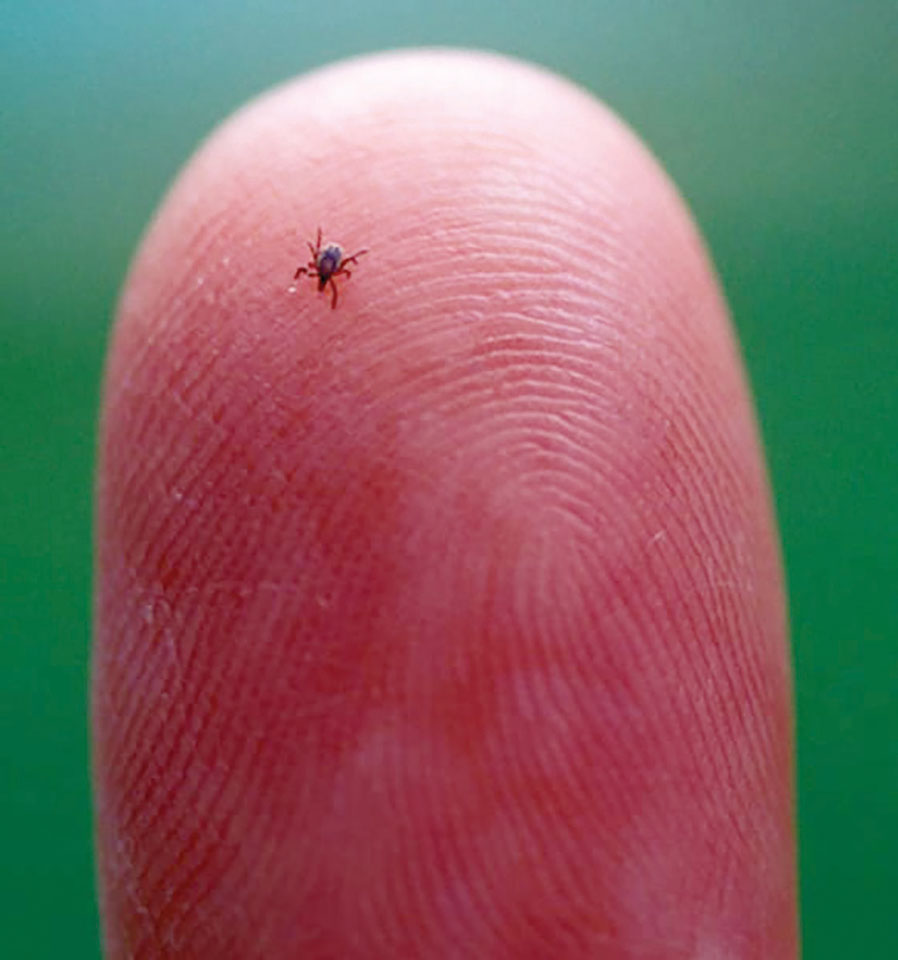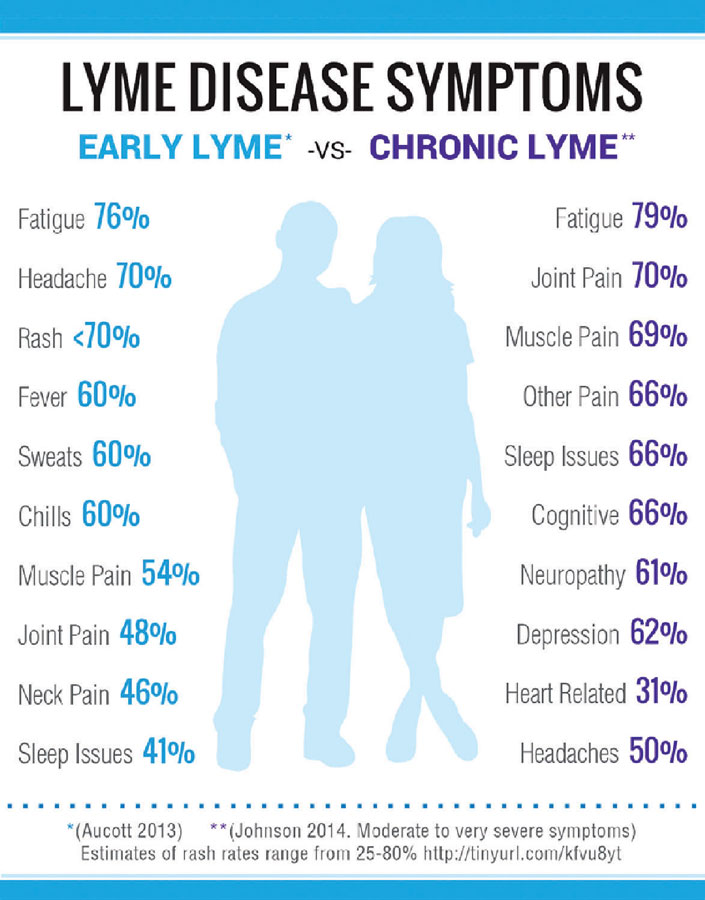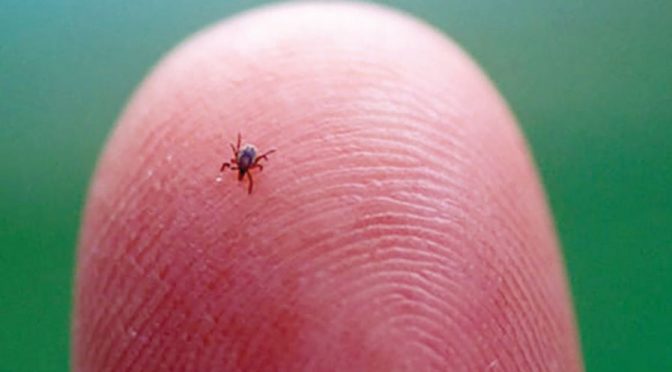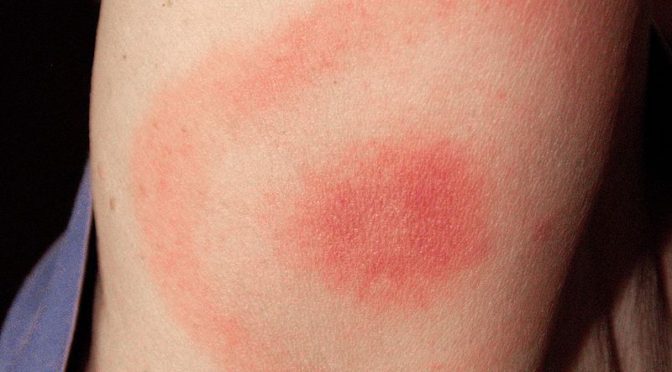When it comes to health, the fear of any musician is contracting a disease or condition that impedes or even prevents the ability to make music. Imagine suffering from severe fatigue or anxiety, chronic muscle spasms or joint pain, constant headaches and sensitivity to sound and light—and having no clue where it came from, what it is, or even how to effectively treat it. Unfortunately, this happens all too often with the continued rise in Lyme disease cases throughout North America.
With the arrival of summer, it is a good time to review and remember the threat that Lyme disease poses to anyone who steps outside. For musicians who may spend hours at outdoor rehearsals and performances, the risk is important to keep in mind.

According to the U.S. Centers for Disease Control (CDC), the incidence of Lyme disease in the United States has approximately doubled since 1991, increasing from 3.74 reported cases per 100,000 people to 7.95 reported cases per 100,000 people in 2014. An estimated 300,000 people are infected with the illness annually.
Lyme disease is a bacterial illness transmitted through the bite of a deer tick. Most people are infected through the bites of tiny, immature ticks called nymphs, which most commonly bite during spring and summer. In the majority of cases, the appearance of a rash resembling a bull’s eye or solid patch, about two inches in diameter, appears and expands around or near the site of the bite.
According to the CDC, early stage symptoms of the disease include fatigue, chills and fever, headache, muscle or joint pain, and swollen lymph nodes. People treated with oral antibiotics such as doxycycline or amoxicillin for early Lyme disease usually recover quickly. If Lyme disease is unrecognized or left untreated during the early stage, however, more serious symptoms may occur including acute fatigue, a stiff aching neck, tingling or numbness in the arms and legs, or even facial paralysis. The most severe symptoms of Lyme disease may not appear until weeks, months, or years after the tick bite. These can include severe headaches, painful arthritis, swelling of the joints, and heart and central nervous system problems. This requires a longer duration antibiotic therapy treatment.

Unfortunately, one of the major battles of Lyme disease sufferers is first getting the right medical diagnosis. Doctors often are not looking for Lyme disease and patients may not realize they have it by either not recognizing the rash for what it is, or by masking the usual symptoms through the use of over-the-counter pain and anti-inflammatory medications.
One of the more well-known cases of celebrity Lyme disease in recent years was that of songwriter and actor Kris Kristofferson of Local 257 (Nashville, TN) who suffered ailments for years—and was given a diagnosis of Alzheimer’s—before he was tested and diagnosed with Lyme disease. Other musicians who contracted Lyme disease and have gone public with their suffering and how the illness has affected their career include Deborah Gibson of Local 802 (New York City), Shania Twain, Avril Lavigne, Daryl Hall, and Pete Seeger.
The best way to prevent Lyme disease is to take precautions when spending time outdoors. Ticks favor moist, shaded environments, especially leafy wooded areas and overgrown grassy habitats. If you are recreationally moving about in tick-infested areas, the most common advice from health organizations such as the CDC and National Institute of Allergy and Infectious Diseases is to wear light-colored clothing to spot ticks more easily, walk in the middle of designated trails, wear closed-toed shoes, avoid low-lying brush or long grass, and tuck pant legs into your socks to prevent ticks from crawling up your legs.
But what if you are a musician performing at or attending an outdoor venue where you have a stricter dress code, and perhaps long grass or other potential tick habitats are unavoidable? The CDC also recommends using insect repellents containing DEET or Icaridin on skin and clothing and be sure to check your body for ticks when you get home (under the arms, in and around the ears, inside the belly button, back of the knees, in and around the hair, between the legs, and around the waist). It is also important to shower or bathe within two hours of being outdoors to wash away loose ticks. According to medical experts, if a tick is attached to your skin for less than 24 hours, your chance of getting Lyme disease is extremely small.
For more information about Lyme disease and preventing Lyme disease, visit www.lymedisease.org.



